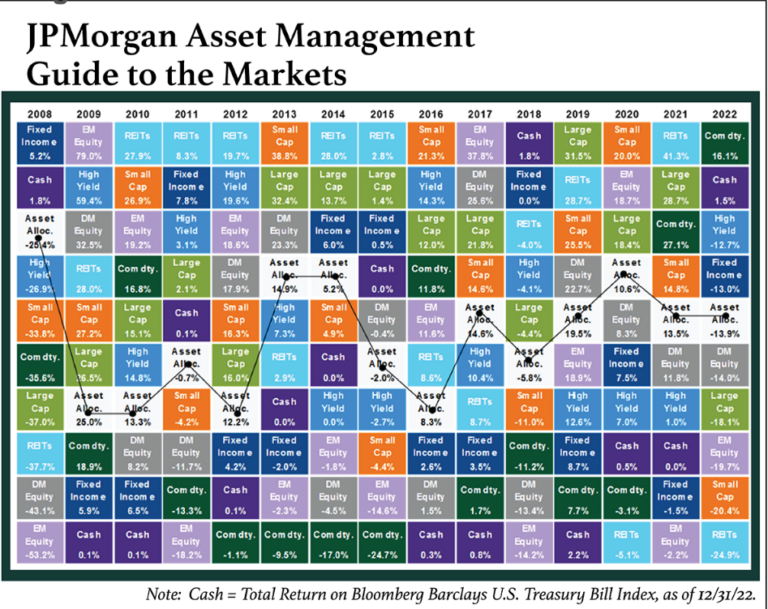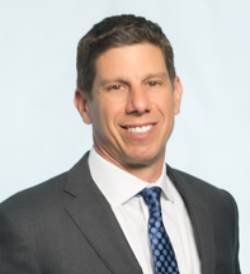Fed Steers Interest Rates on Path Toward “Neutral”
3 min readThe Federal Reserve meets next week, and it will, once again, decide what interest rate the economy needs to get inflation under control while continuing to grow. The aim is to get back to a normal economy. The calculation, however, depends on what your definition of “normal” is and what interest rate we’d have in normal,…

